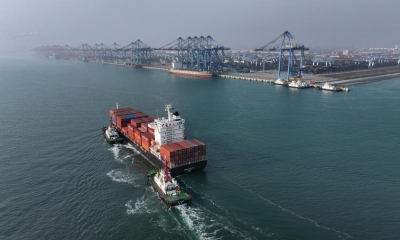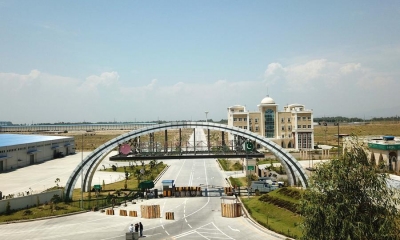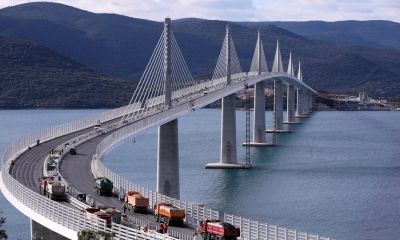China’s Two Sessions in 2024: More Opportunities for the World
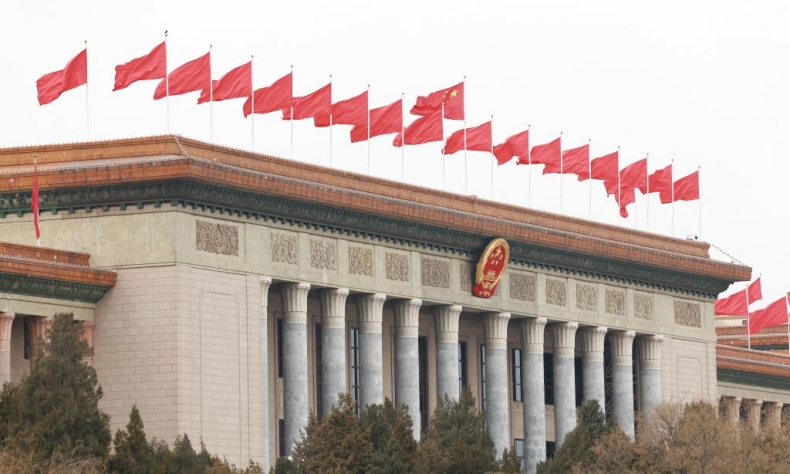
China’s greater efforts to stabilize growth, nurture new growth drivers and open up wider to the outside world will offer tremendous opportunities for other countries.
The two sessions, the biggest annual event in China’s political calendar going to be held from March 4 to March 11 in the backdrop of regional and international challenges, will offer significant clues about China’s image as a major contributor to the world economy in 2024. Both sessions will also make the world peek into China’s second centennial goals, economic outlook, development blueprints, and global vision.
The two sessions, the annual plenary meetings of the National People’s Congress (NPC) – China’s top legislative body and the National Committee of the Chinese People’s Political Consultative Conference (CPPCC) – the top political advisory body, is occurring at the time when China is changing from world factory to world market. They will enlighten about how China is marching on the second centenary goal of building a modern socialist country that is prosperous, strong, democratic, culturally advanced and harmonious by 2049.
Having stayed abuzz, the political event will sensitize the world audience to catch a grab of China’s role as the largest engine for world economic growth.
As per a fresh report laid down by AmCham China, 50 percent of the U.S. companies surveyed rank China as their top or among the top three investment destinations. A survey by the European Chamber of Commerce in China observed that 59 percent of companies look at China as one of their top three investment destinations.
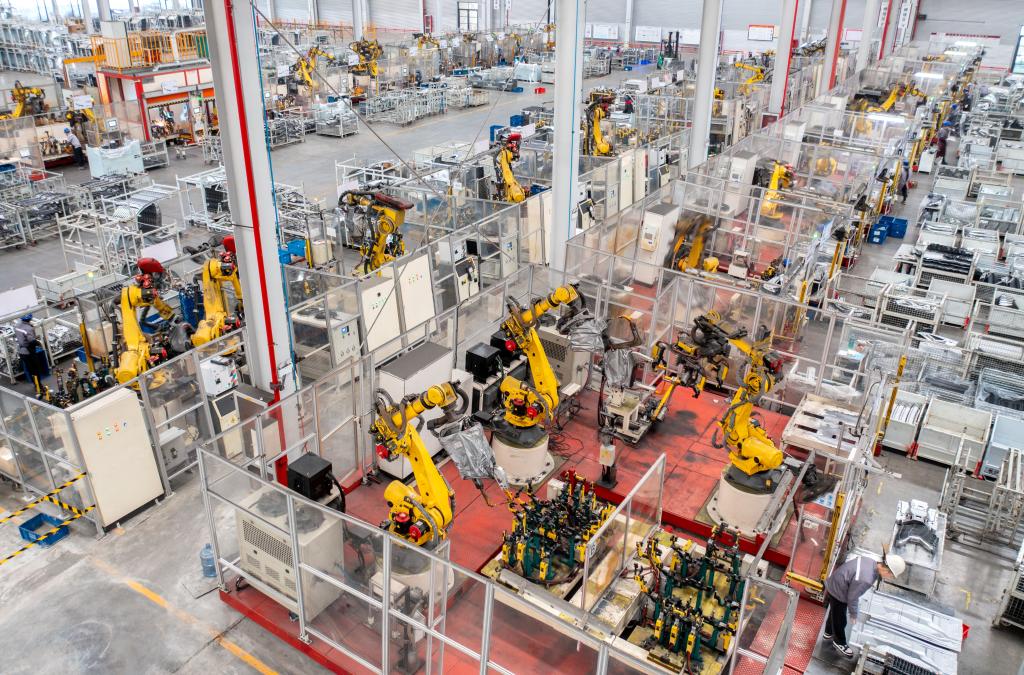
NPC deputies and CPPCC members will provide an opportunity for developed and underdeveloped nations to glace through China’s aura as a major trading partner of more than 140 countries and regions because China is shifting from growth driven by investment and infrastructure construction to growth led by innovation. According to an IMF report, every one percentage point growth of China’s economy will drive the growth of other countries by 0.3 percentage points, and the country will continue to be the main contributor to global growth in 2024.
The IMF believes that China’s economy can recover faster than expected if it continues to take steps to reform its property sector and boost consumer confidence. China’s greater efforts to stabilize growth, nurture new growth drivers and open up wider to the outside world will offer tremendous opportunities for other countries.
China’s decision to further open its market to the world and transform its role from “world factory” to “world market” demonstrates its broad mind as a major power and will ultimately benefit the global economy.
China is offering opportunities to foreign enterprises by allowing them to access its large market and the country’s decision to open its market and implement the Belt and Road Initiative (BRI) reflects a coordinated effort to connect the world to the global economy.
One thing that impressed me most is that China has changed its previous identity of “world factory” to “world market”. This is an important sign showing that the country, with its market of great potential, will further open up and welcome more cooperation with international partners.
China has already accomplished its first centenary goal of building xiaokang – a moderately prosperous society in all respects by 2021. Two sessions will allow the world to fathom how China has drawn up a two-stage development plan for the period from 2020 to the middle of this century.
In the first stage from 2020 to 2035, China will build on the foundation created by the moderately prosperous society with 15 years of hard work to see that socialist modernization is basically realized. In the second stage from 2035 to the middle of the 21st century, China will, building on having basically achieved modernization, work hard for a further 15 years and develop itself into a great modern socialist country that is prosperous, strong, democratic, culturally advanced, harmonious and beautiful.
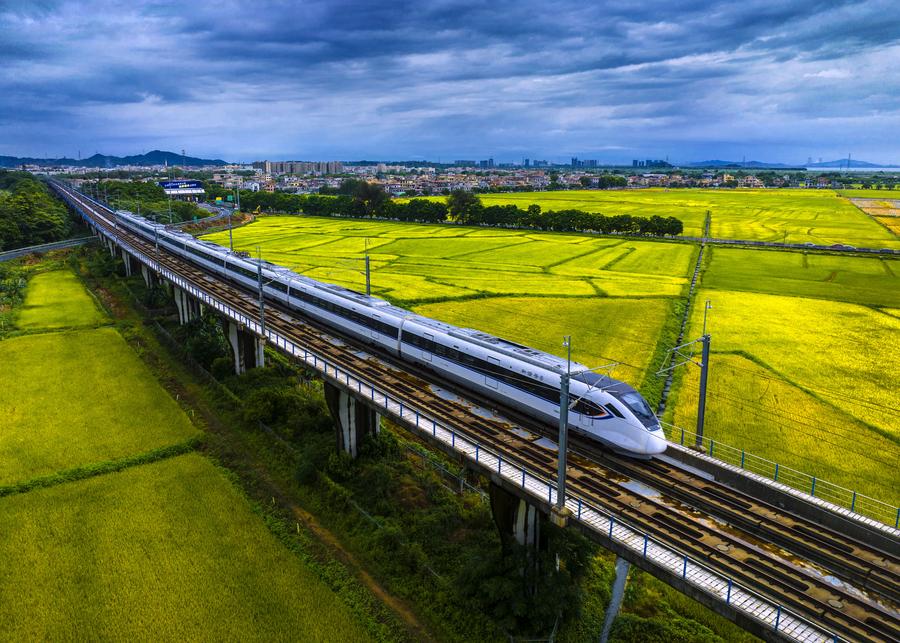
Two sessions are descending at a moment when China’s 14th Five-Year Plan (2021-2025), officially endorsed by the National People’s Congress (NPC) on March 11, 2021, entered into its 4th years with landmark achievements.
Through the window of NPC and CPPCC meetings, the world will be abreast of the core connotation of the 14th Five-Year Plan and its philosophy of “dual-circulation, innovation and green growth.” Some have interpreted this to mean that China is turning its back on the outside world, but that’s not what the plan says. It says policies should help unleash the full potential of the domestic market, facilitating firms to provide higher-quality goods and services to better stimulate domestic demand. At the same time, China promised greater access to foreign investors and encouraged Chinese companies to trade more with the outside world. Chinese leadership wants this round of opening-up “to be on a greater scale, across more sectors and on a deeper level.”
With a tenacious focus on the “two sessions”, the international community will be charged to know about China’s manufacturing industry as world’s biggest industry in terms of scale for the 14th consecutive year with several sectors such as auto and shipbuilding ranking top in the world, offering more evidence of China’s solid economic performance despite various challenges.
Beyond its sheer size, the Chinese manufacturing industry has also seen several milestones in 2023, with the rise of the new-energy vehicles (NEVs) and commercial operation of China’s first domestically built large passenger aircraft and the voyage of the first domestically made cruise ship. These are all vivid examples of the fact that China’s economy is not only rebounding in terms of size, but also improving in terms of quality.
In addition to China’s domestic development and agenda, experts believe that on the platform of two sessions, China will shine the light on world issues and conflicts, including the Israel-Palestine conflict and the Ukraine crisis. The Chinese position is already very clear on the conflicts on many international occasions. China hopes all parties to work together to promote a comprehensive ceasefire, effectively protect civilians, ensure humanitarian assistance, enhance diplomatic mediation, and seek a political solution.
 Facebook
Facebook
 Twitter
Twitter
 Linkedin
Linkedin
 Google +
Google +




